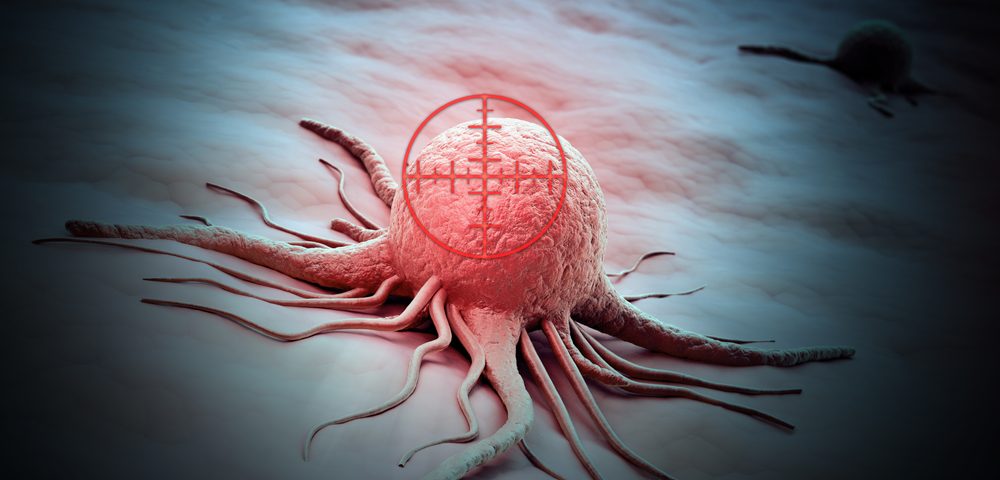Researchers have discovered how reactivating a protein called OPCML — a tumor suppressor molecule usually reduced or lost in cancer patients — works to suppress ovarian cancer cells.
These findings may lead to OPCML-based therapies to fight this cancer.
The preclinical study reporting the findings, “The tumour suppressor OPCML promotes AXL inactivation by the phosphatase PTPRG in ovarian cancer,” was published in the journal EMBO Reports.
Unusually high levels of a cell membrane protein — called AXL receptor tyrosine kinase (AXL) — are found in tumors and metastases. AXL is associated with tumor growth, survival, migration, poor anti-tumor immune responses, and resistance to cancer therapy.
In ovarian cancer patients, AXL is mainly found in metastases and advanced-stage tumors but not in normal ovarian tissues. Preclinical studies have shown that suppressing AXL prevents the development of metastasis and, in advanced ovarian cancers, hampers further metastasis and disease progression.
Several molecules that block AXL are currently being developed and evaluated in preclinical and clinical studies as potential therapies against this cancer. However, the mechanisms that regulate AXL signaling are poorly understood.
OPCML is a known tumor suppressor molecule that is lost in more than 83 percent of ovarian cancer patients — which correlates with disease progression. It has been shown to act through the regulation of several receptor tyrosine kinases (from the same family as AXL).
Researchers at Ovarian Cancer Action Research Centre at Imperial College London evaluated whether AXL was an OPCML target in its work to suppress tumors.
First, the team started to evaluate how the presence of AXL and OPCML affected cancer progression and patient survival by analyzing several cancer databases, such as the The International Cancer Genome Consortium (ICGC), The Cancer Genome Atlas (TCGA), and CSIOVDB.
In general, high levels of AXL were associated with significantly worse outcomes and survival, evident in patients with low levels of OPCML. In those with high OPCML levels, no differences were found between those with low or high levels of AXL. These results suggested that OPCML could be used to prevent the damaging effects of AXL.
Reactivating OPCML in ovarian cancer cell lines where it was at ineffective or non-existent levels led to lower levels of AXL-target molecules, and reduced cancer cell motility and migration. These findings support the potential anti-cancer effect of OPCML.
Next, researchers looked at whether OPCML reactivation in these ovarian cancer cells could boost the effects of an investigative AXL suppressor called BGB324 (bemcentinib). They found that OPCML reduced the required dose of BGB324 by almost three-fold to achieve the same anti-cancer effects.
OPCML’s potential to minimize treatment doses of AXL suppressors may reduce potential side effects of such treatment.
Further analysis revealed that OPCML acts by directly binding to AXL in the outer side of the cell membrane – especially when AXL is bound to its ligand Gas6 – and its transportation to the fat-rich area of the cell membrane, where another tumor suppressor molecule called PTPRG deactivates AXL.
Since OPCML acts on the outer side of the cells’ membrane, its delivery to the cancer cells’ surface could be an effective treatment strategy.
Researchers also found that a high OPCML/AXL ratio is associated with a better overall survival in ovarian cancer patients noted in several databases. This makes sense as more OPCML molecules are available to capture AXL and induce its deactivation.
“This study will enable new treatment strategies to be designed to fight recurrent and aggressive ovarian cancer, for which there are currently limited treatment options,” Jane Antony, the study’s first author, said in a press release.
“AXL has always been a key player in cancer metastasis and these results reveal how these cancer drivers can be modulated by tumour suppressors such as OPCML,” Antony added.

